Pavement Damage Solutions - Professional Pavers Shreveport
Importance of Proper Maintenance
GET A FREE ESTIMATE!
About Us
Professional paving
With 30+ years of experience, Ark-La-Tex Paving has provided professional paving and sealcoating services throughout Louisiana. Our decades of experience in the industry mean that we are able to proudly stand behind our workmanship and guarantee your satisfaction. Our experts are licensed, bonded, and insured, and we have made it our mission to provide our customers with quality, on-time, on-budget services. From residential to commercial properties, large to small projects, you can count on our services. Contact us today to get a free, accurate estimate that includes a schedule, pricing, and information on the materials we will use. We’re here for you!
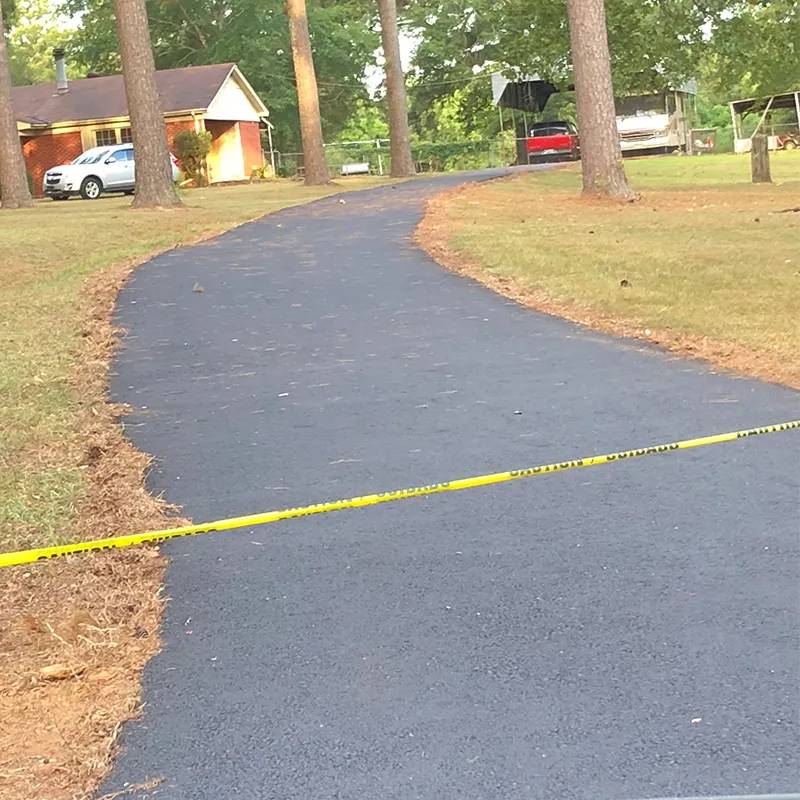
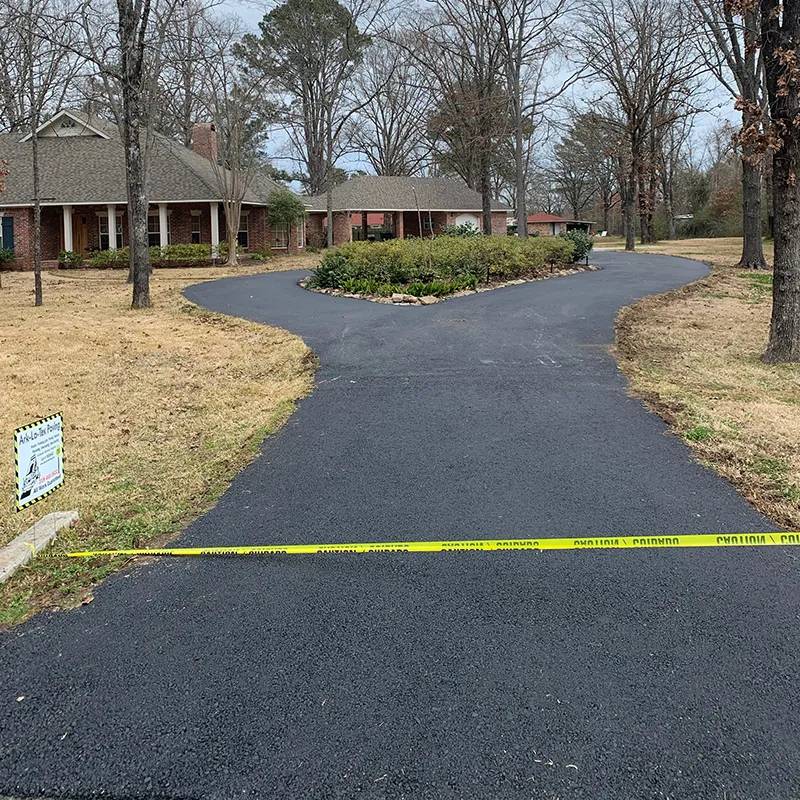
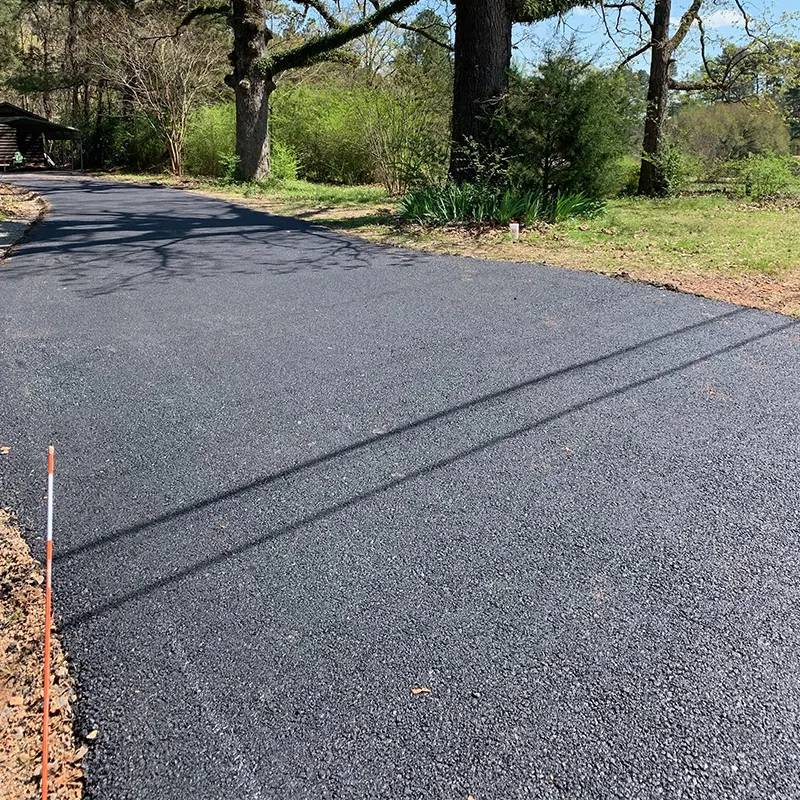
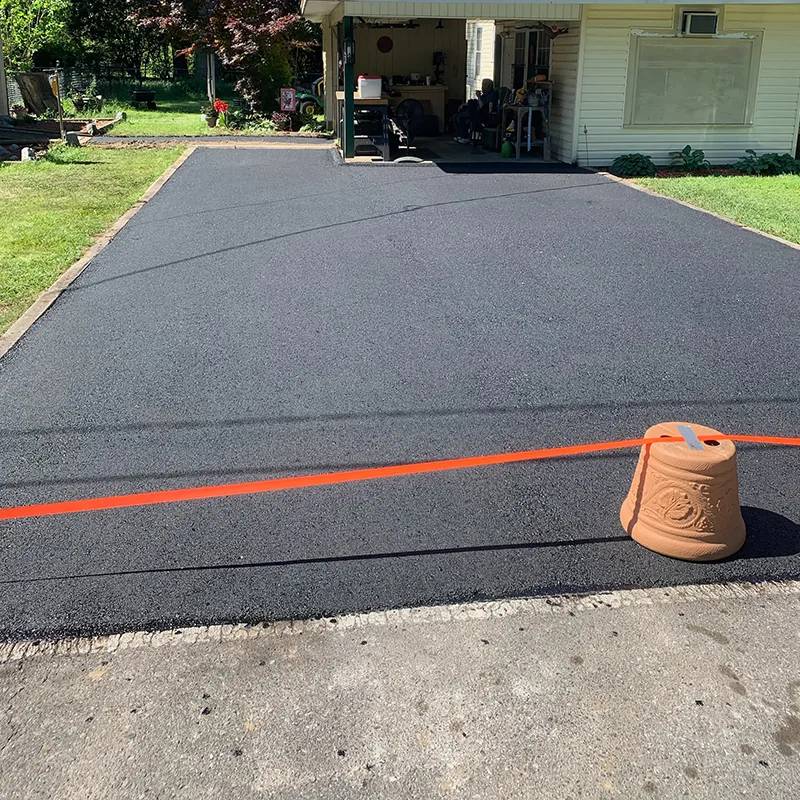
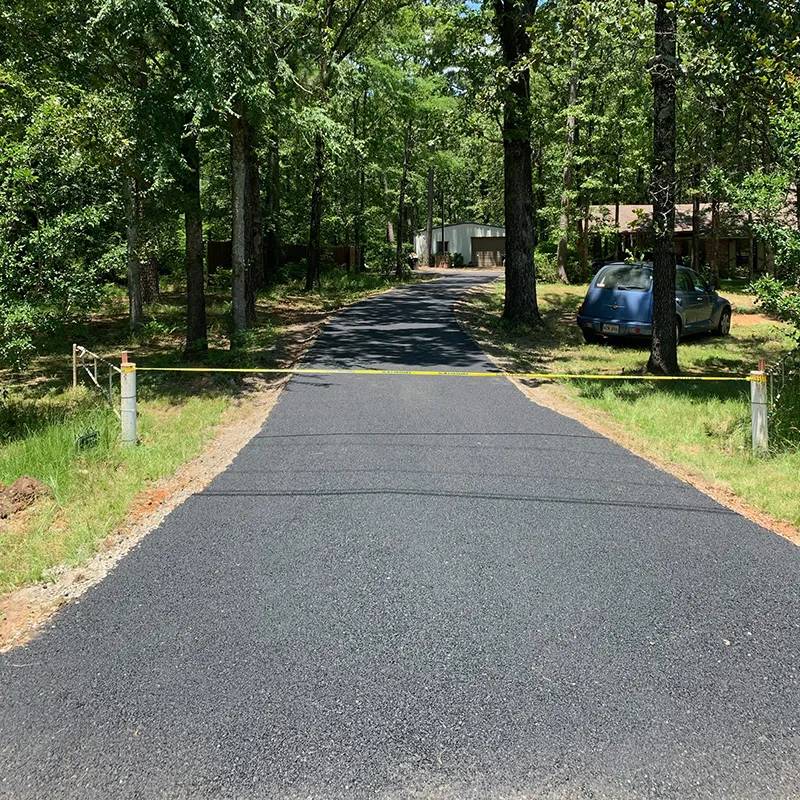
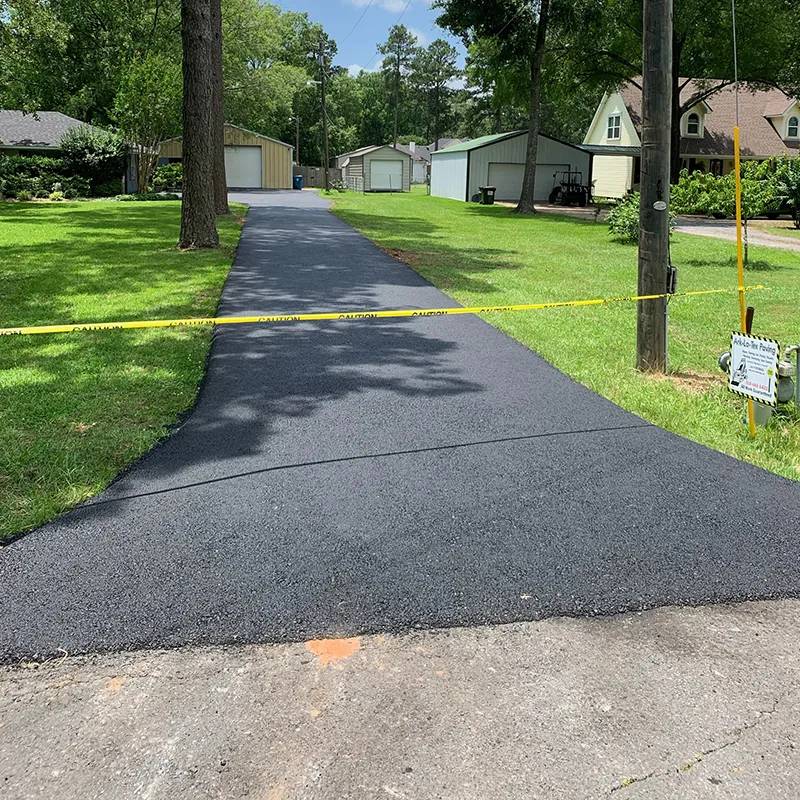
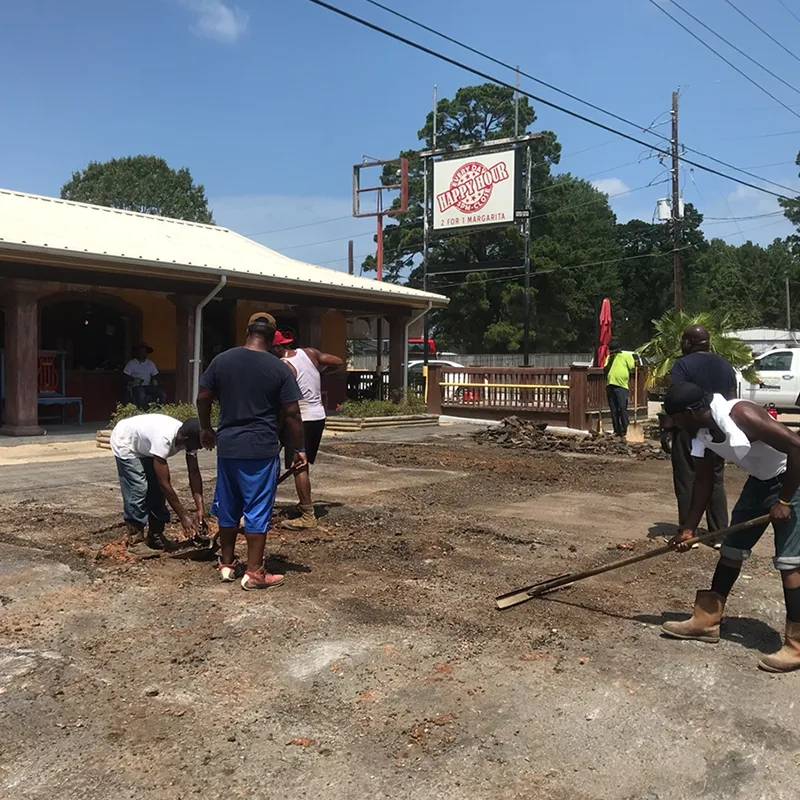
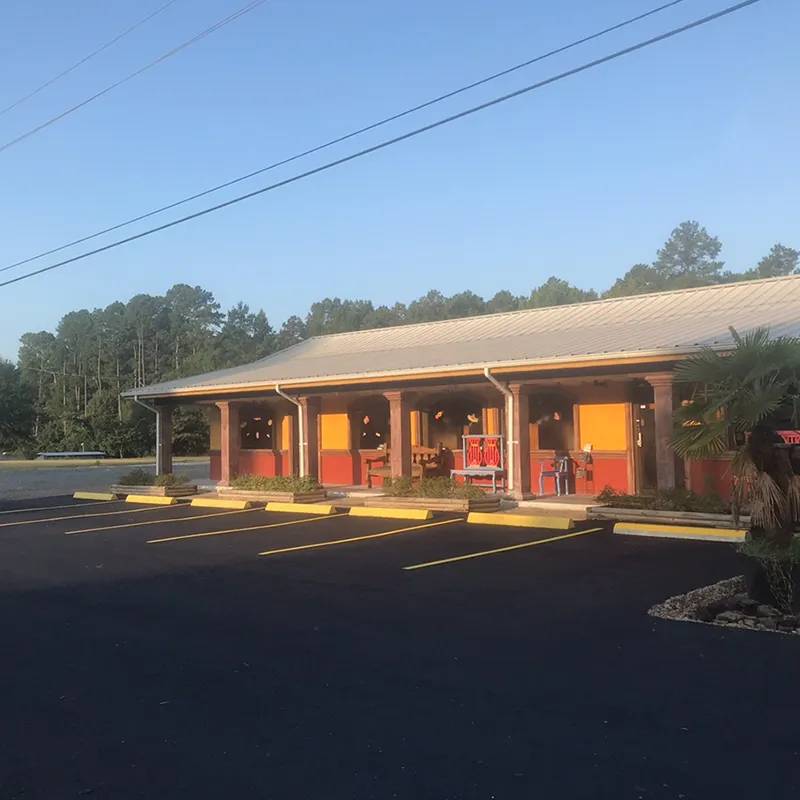
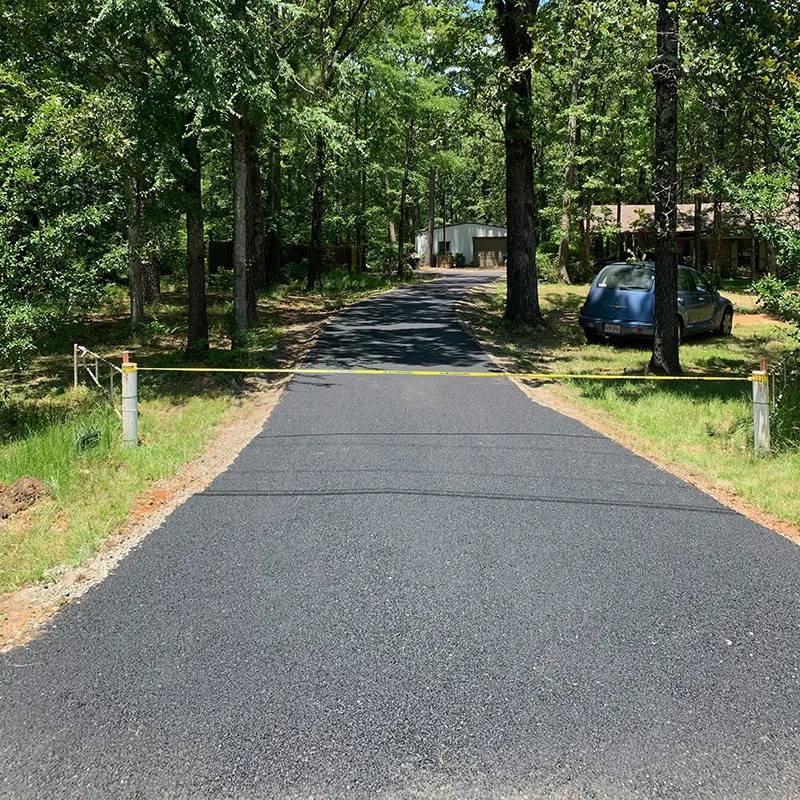
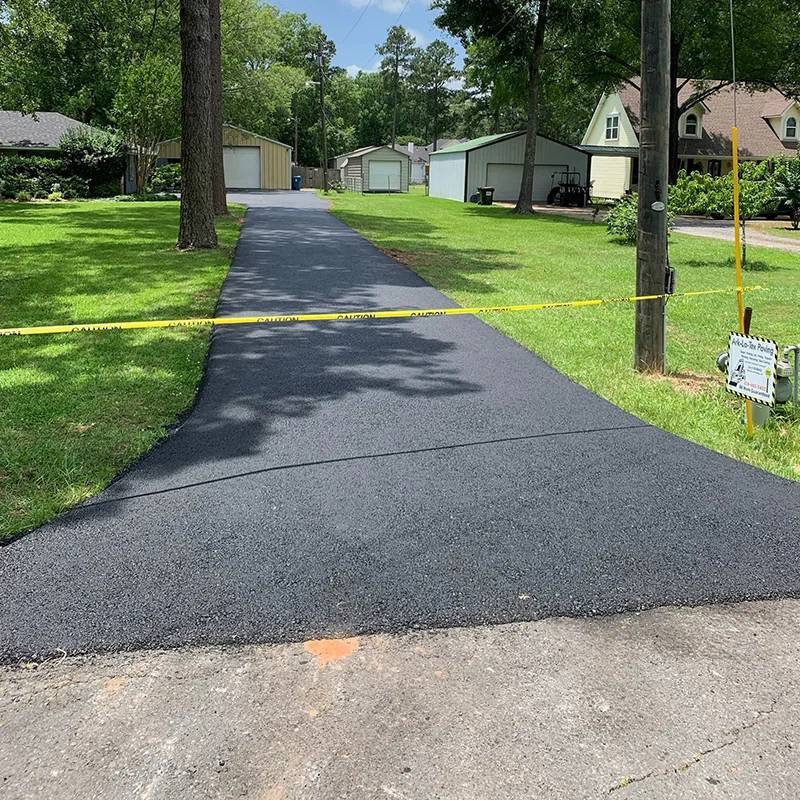
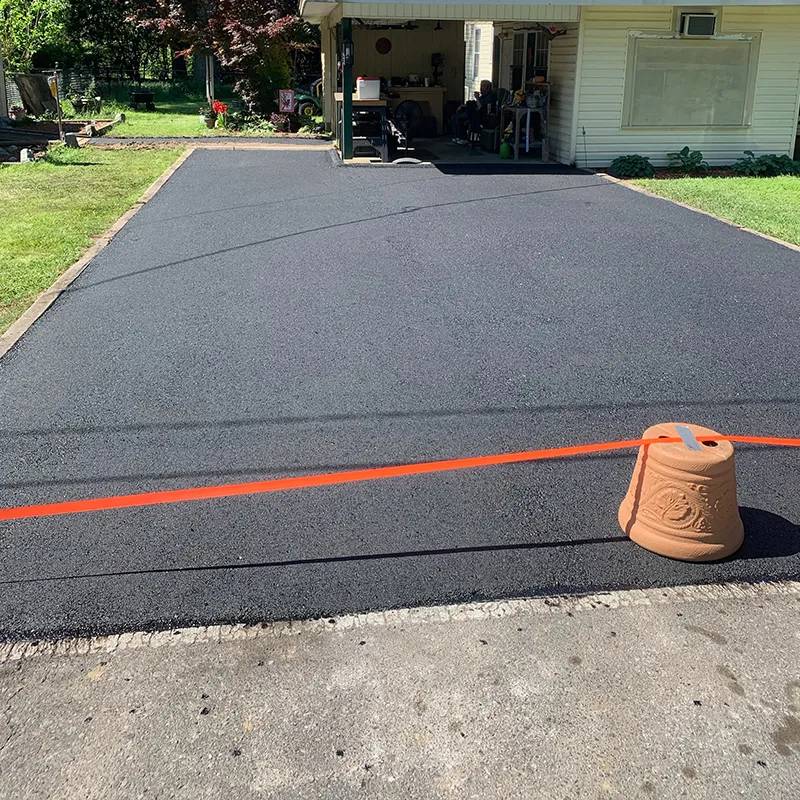
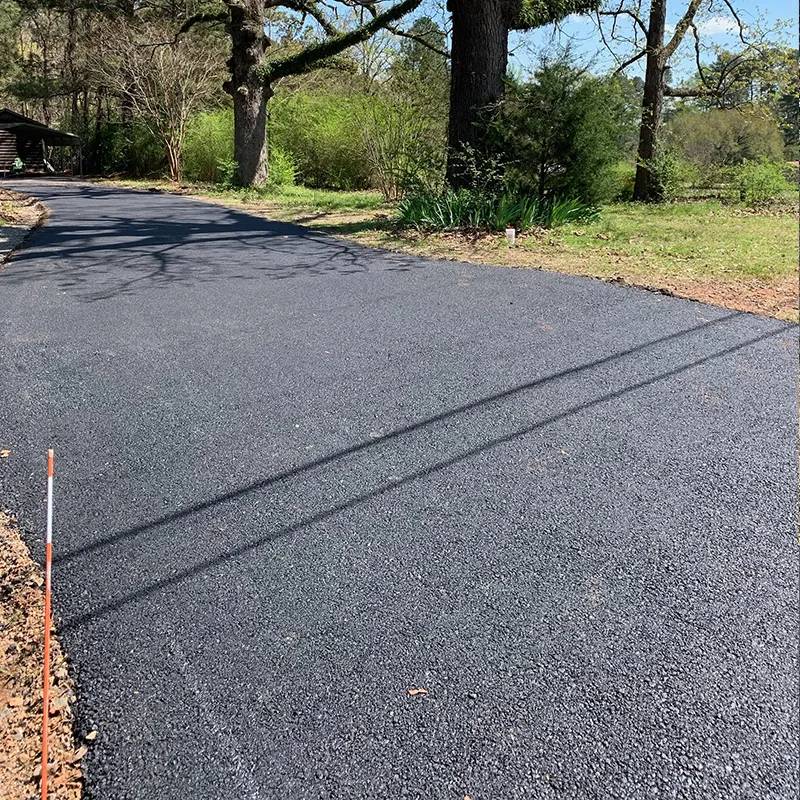
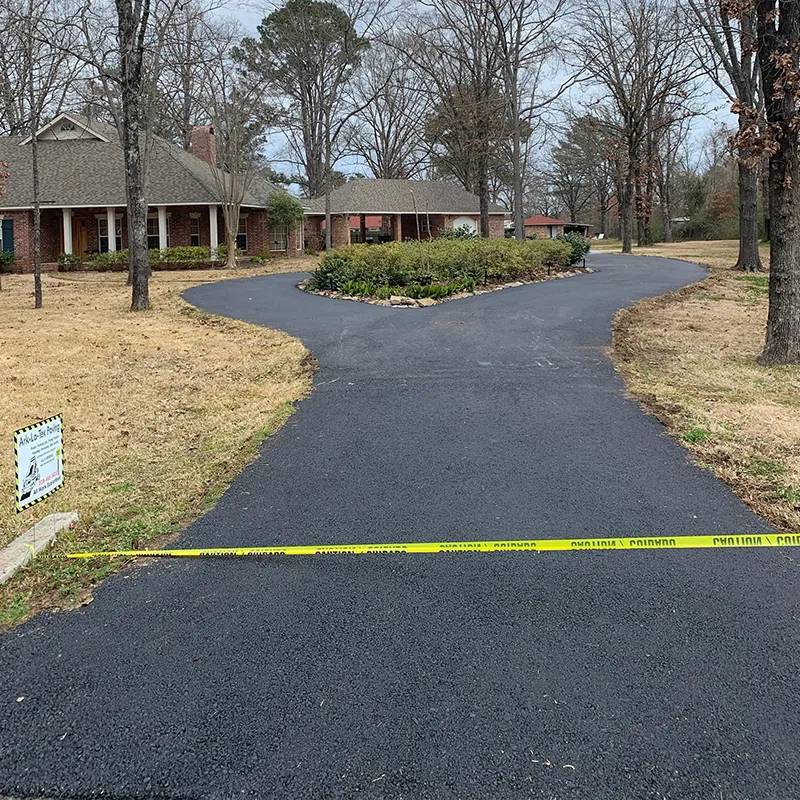
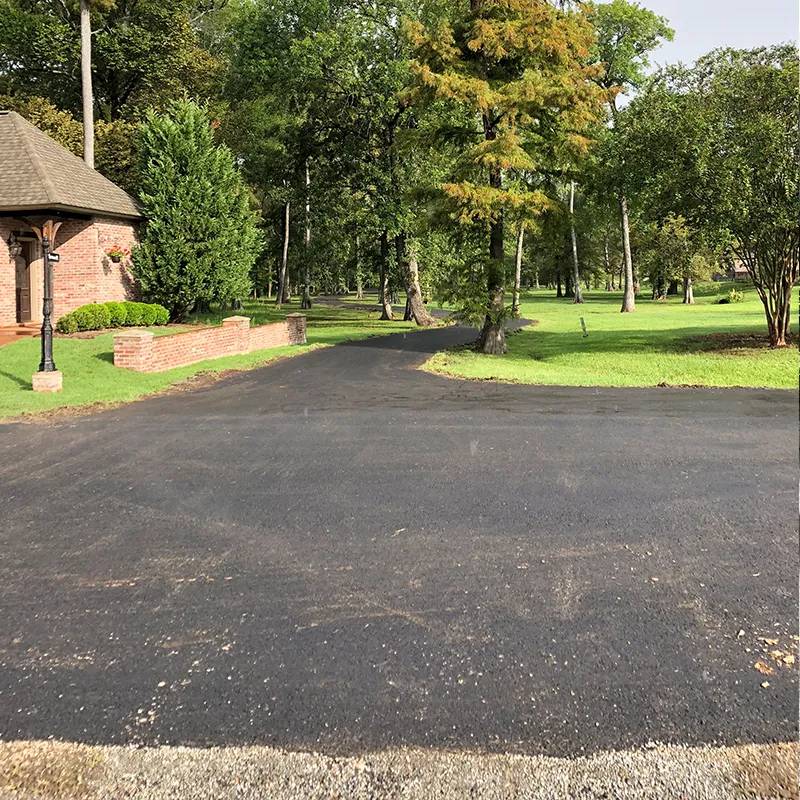
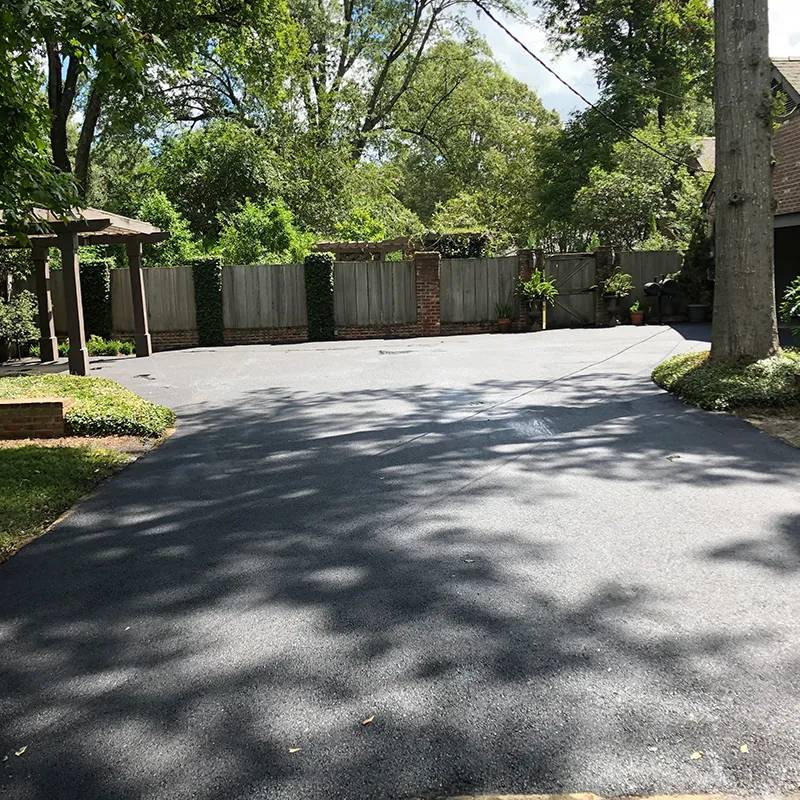
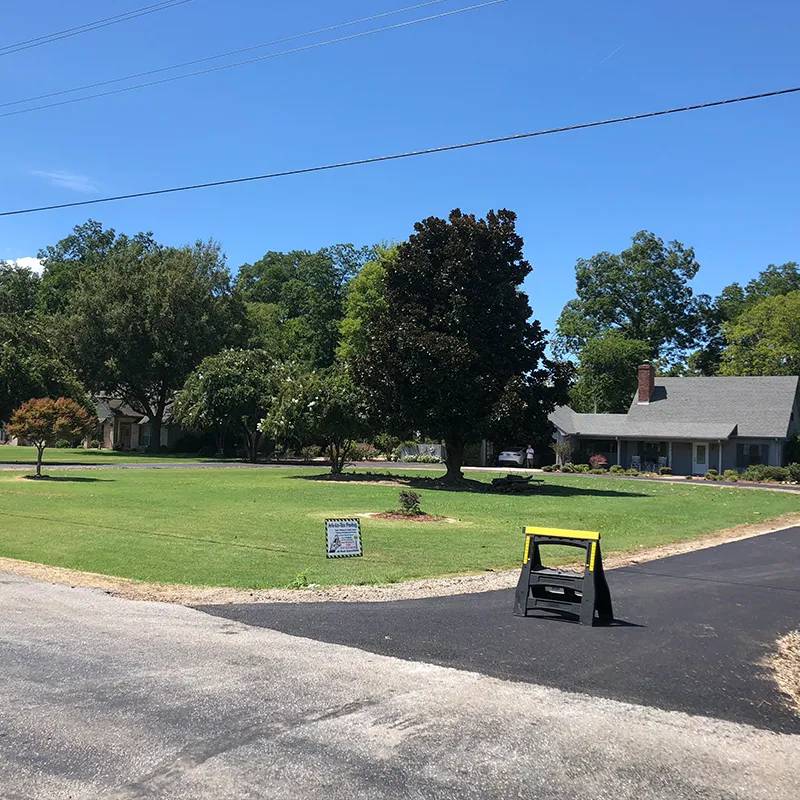
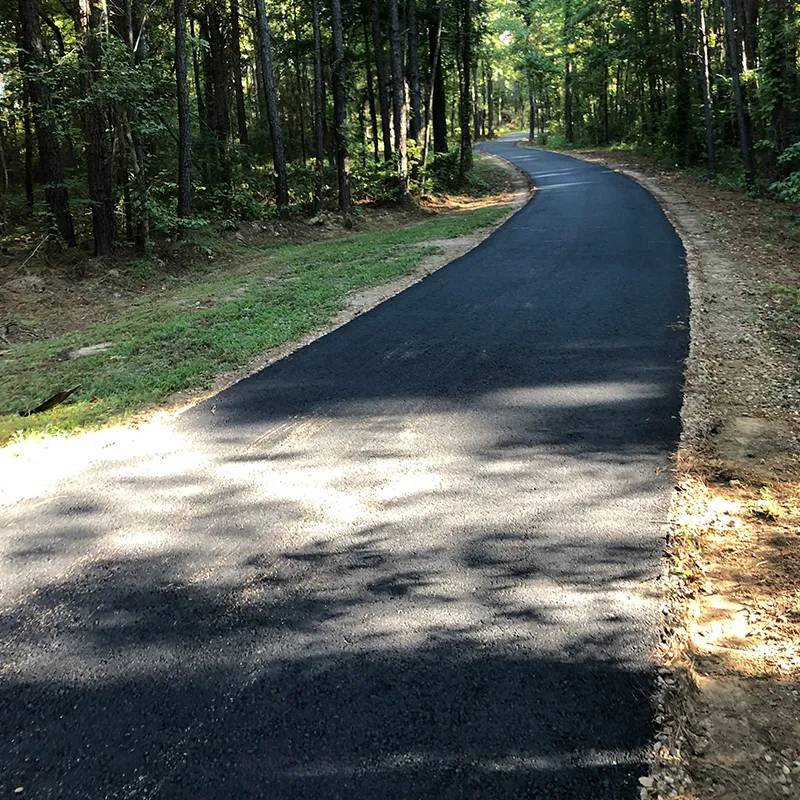
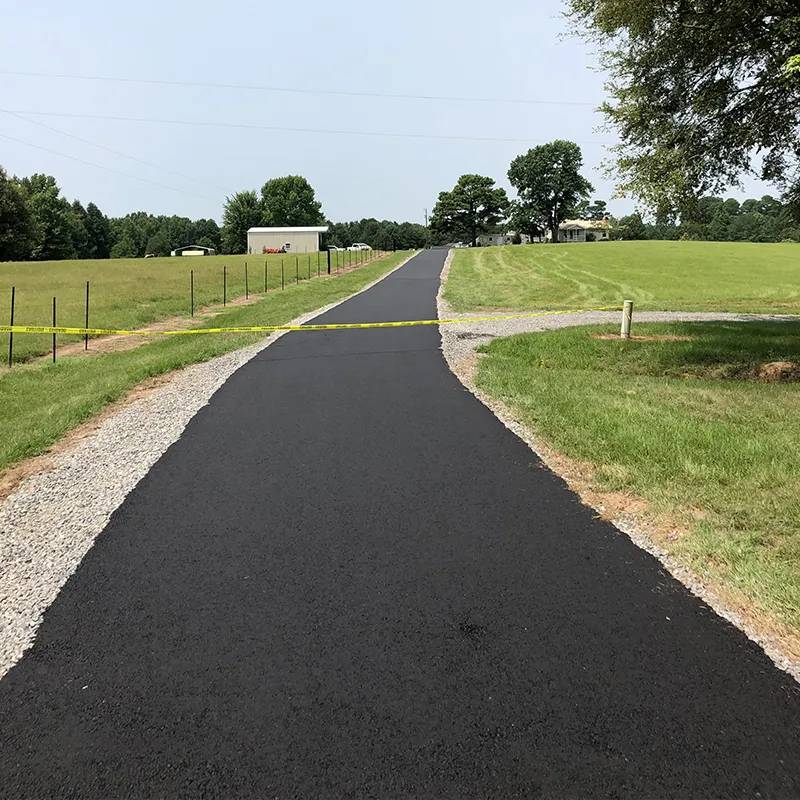
Pavement Damage Solutions - Professional Pavers Shreveport
Pavement damage is a problem that inevitably happens to all asphalt roads, driveways, and parking lots. Asphalt surfaces can be designed to handle any kind of load from heavy trucks to passenger cars, but they still withstand a lot of wear and tear.
Importance of Proper Maintenance
Asphalt is the most widely used pavement material in the world, because of its many excellent qualities. It’s durable and flexible and can handle a lot of wear and tear without showing signs of damage, which makes it perfect for highways, parking lots, driveways, trails, and more. When asphalt pavements are properly maintained, they have a lifespan of 15-20 years. However, if they’re not maintained properly—through improper drainage or seal coat applications and other treatments—they can start to visibly deteriorate in 3-5 years.
Identifying the Symptoms of Pavement Damage
There are a lot of different kinds of damage that can happen to asphalt surfaces, and it’s important to know how to identify these damages so you can get them repaired and prevent further problems. If you’re seeing something unfamiliar on the asphalt driveways or parking lots of your property, here are some ways to identify what’s going on and get the appropriate repairs made:
Cracking – Cracks in asphalt can be caused by a variety of factors, including poor drainage, climate conditions, heavy traffic loads, and substandard materials. There are three main types of cracks that may form in your asphalt, each with its causes and repair methods.
Falling out – Falling out is when sections of asphalt break up from the surface and are left behind. This is often caused by water damage or excessive sun exposure.
Washing away – Washing away is when water breaks the bond between the asphalt and aggregate particles beneath the surface. This is usually caused by poor drainage or erosion.
Bearing down – Bearing down is when large pressure points gradually wear down the surface so that it settles lower over time. This occurs most often in high-traffic areas like parking lots or driveways.
Different Types of Pavement Damage
Pavement damage can be a huge pain to deal with. It also can get expensive fast and cause huge safety issues if not addressed right away. But many people are not aware of what really causes that damage, and how you can go about fixing it. Pavement damage affects people in a lot of ways, but the most commonly reported issue is due to asphalt cracking.
Here are the most common pavement damages and the best ways how to deal with them:
Alligator Cracks
Alligator cracks are the most common type of asphalt crack and they’re known for their namesake appearance: a series of small cracks that look like the skin of an alligator. They occur when there’s a structural flaw in the design or installation of the asphalt, or when there are weaknesses in the layers that were laid down during construction.
Solution:
Although alligator cracks can be a nuisance and an eyesore, they don’t actually affect the structural integrity of your pavement. If your pavement has developed an alligator crack, you can restore it by having a professional apply a full-depth patch to strengthen and restore its integrity.
Edge Cracks
Edge cracks are a common occurrence in roadways and parking lots. They usually form at the edges of pavement and travel inside the pavement surface anywhere from one to two feet. While they can be unsightly, they are often easy to fix and prevent further damage.
Solution:
Roadway edge cracking can be avoided by avoiding the following:
Clearing any nearby plants from the edge of the roadway
Repair any drainage issues that may occur. This can also help avoid potholes.
Repair any erosion that may occur along the edges of the roadway.
Crack filling will also help prevent more damage from occurring. This is especially important if there is already a crack in place.
Depression or Birdbath
A depression is a surface that has a lower elevation than the surrounding area. Most commonly, this refers to asphalt surfaces that have sunk below the level of the adjacent pavement, but it can also refer to areas of soil or sand that have been filled in by water and then dried with an indentation remaining.
Asphalt depressions are caused by several different factors. A common cause of depressions is water seeping below the surface and causing the asphalt to sink under its own weight. Additionally, improper drainage systems on nearby properties may allow groundwater to collect, creating depressions that fill with water during rainstorms.
Solution:
A depression doesn’t necessarily mean an area of poor quality pavement; these are often very shallow and simply need resurfacing. Severe depressions may require more extensive repairs, including removing and replacing the underlying asphalt.
Pavement Rutting
Ruts are indents in the asphalt caused by water, wear and tear, and other factors that cause the surface of the road to crack and wear down. Imagine a long-traveled road: The tires of passing cars leave behind tiny rips on the road, which fill with water and freeze. As more cars pass over these areas, the rut begins to deepen. It becomes bigger as more water is trapped in between the pavement and expands when it freezes. More cars pass through, carrying more water with them into the rut. When this happens enough times, a permanent crater forms in the road.
Solution:
The way to prevent this from happening (or from getting worse) is to make sure that the pavement’s thickness is strong enough, the mix is one made for high-traffic areas, and—as always—the pavement is properly installed. If rutting does get to be a problem, though, it can usually be treated with techniques that include filling in the grooves or removing and replacing them.
Professional Pavers in Shreveport
Hire Ark-La-Tex Paving to ensure that the repairs are done right the first time around. By keeping up with regular maintenance, you should be able to keep both your vehicle and your pavement in good shape for years to come. Contact us today!
